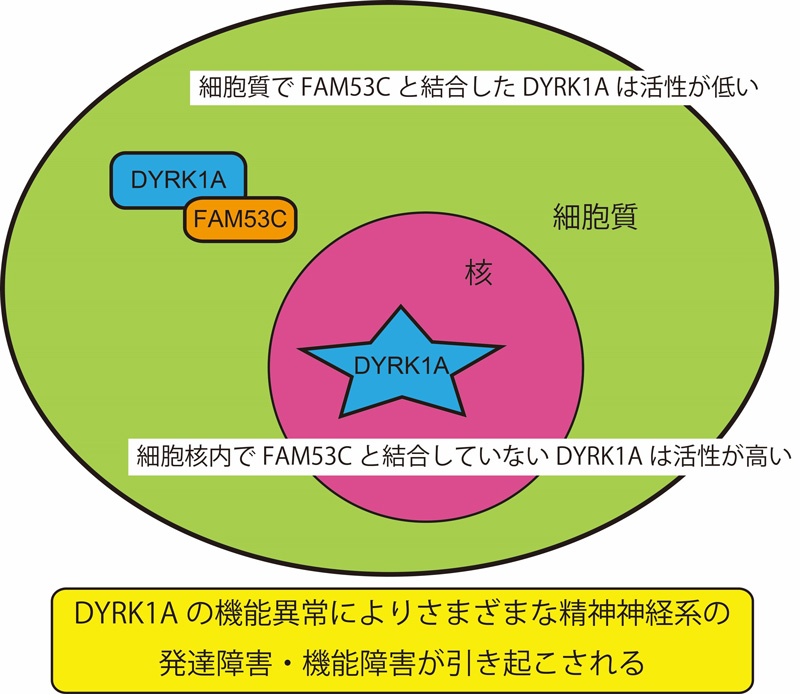2023-11-24 インペリアル・カレッジ・ロンドン(ICL)
◆これらの療法はがん部分だけを処理し、周囲の組織への損傷が少ないため、尿、性、腸の副作用のリスクが低減します。費用対効果が高いとされ、約10,000人の英国の前立腺がん患者に利益をもたらす可能性があります。研究者は制限も指摘し、他の治療法や後の結果に関するデータが制約されていると述べています。
<関連情報>
- https://www.imperial.ac.uk/news/249673/prostate-cancer-focal-therapy-cost-effective/
- https://www.tandfonline.com/doi/full/10.1080/13696998.2023.2251849
非転移性前立腺癌の一次治療としての局所療法と根治的前立腺摘除術および外部照射放射線療法の比較:費用対効果分析の結果 Focal therapy versus radical prostatectomy and external beam radiotherapy as primary treatment options for non-metastatic prostate cancer: results of a cost-effectiveness analysis
Deepika Reddy,Marieke van Son,Max Peters,Mariana Bertoncelli Tanaka,Tim Dudderidge,Emma Cullen,Carmen Lok Tung Ho,Richard G. Hindley,Amr Emara,Stuart McCracken,Clement Orczyk,Iqbal Shergill,Stephen Mangar,Raj Nigam,Jaspal Virdi,Caroline M. Moore,Manit Arya,Taimur T. Shah,Mathias Winkler,Mark Emberton,Alison Falconer,Jonathan Belsey& Hashim U. Ahmed
Journal of Medical Economics Published:08 Sep 2023
DOI:https://doi.org/10.1080/13696998.2023.2251849

Abstract
Aims
Focal therapy treats individual areas of tumour in non-metastatic prostate cancer in patients unsuitable for active surveillance. The aim of this work was to evaluate the cost-effectiveness of focal therapy versus prostatectomy and external beam radiotherapy (EBRT).
Materials and methods
A Markov cohort health state transition model with four health states (stable disease, local recurrence, metastatic disease and death) was created, evaluating costs and utilities over a 10-year time horizon for patients diagnosed with non-metastatic prostate cancer. National Health Service (NHS) for England perspective was used, based on direct healthcare costs. Clinical transition probabilities were derived from prostate cancer registries in patients undergoing radical prostatectomy, EBRT and focal therapy using cryotherapy (Boston Scientific) or high-intensity focused ultrasound (HIFU) (Sonablate). Propensity score matching was used to ensure that at-risk populations were comparable. Variables included age, prostate-specific antigen (PSA), International Society of Urological Pathology (ISUP) grade group, maximum cancer core length (mm), T-stage and year of treatment.
Results
Focal therapy was associated with a lower overall cost and higher quality-adjusted life year (QALY) gains than either prostatectomy or EBRT, dominating both treatment strategies. Positive incremental net monetary benefit (NMB) values confirm focal therapy as cost-effective versus the alternatives at a willingness to pay (WTP) threshold of £30,000/QALY. One-way deterministic sensitivity analyses revealed consistent results.
Limitations
Data used to calculate the transition probabilities were derived from a limited number of hospitals meaning that other potential treatment options were excluded. Limited data were available on later outcomes and none on quality of life data, therefore, literature-based estimates were used.
Conclusions
Cost-effectiveness modelling demonstrates use of focal therapy (cryotherapy or HIFU) is associated with greater QALY gains at a lower overall cost than either radical prostatectomy or EBRT, representing good value for money in the NHS.
Plain Language Summary
Focal therapy can be used for the primary treatment of individual areas of cancer in those patients with prostate cancer whose disease has not spread (localized or non-metastatic prostate cancer) and whose disease is unsuitable for active monitoring. Focal therapy in these patients results in similar control of the cancer to more invasive therapies, such as surgical removal of the prostate and radiotherapy, with the benefit of fewer sexual, urinary and rectal side effects. This work considered whether using focal therapy (either freezing the cancer cells using cryotherapy or using high-intensity focused ultrasound [HIFU] to destroy cancer cells) was good value for money in the National Health Service (NHS) compared with surgery or radiotherapy. An economic model was developed which considered the relative impact of treatment with focal therapies, surgery or radiotherapy within the NHS in England. Previously collected information from people undergoing treatment for their prostate cancer, together with published literature and clinical opinion, was used within the model to predict the treatment pathway, costs incurred and the results of treatment in terms of patient benefits (effectiveness and quality of life). The model showed that focal therapy using either cryotherapy or HIFU was associated with a lower overall cost and higher patient benefit than either surgery or radiotherapy, indicating that focal therapy represents good value for money in the NHS.


